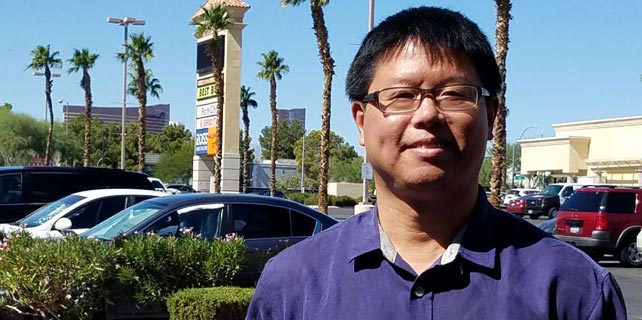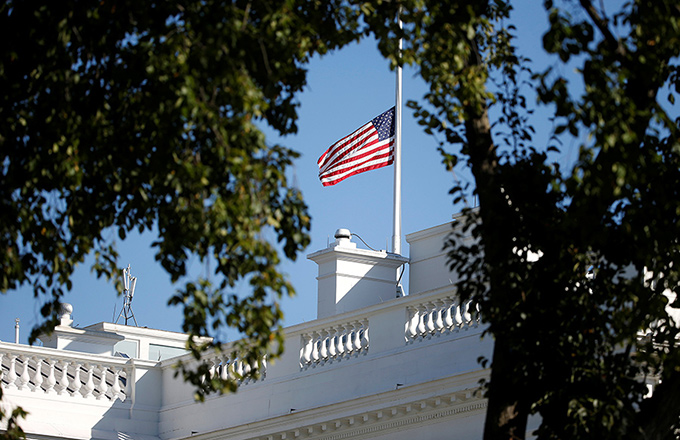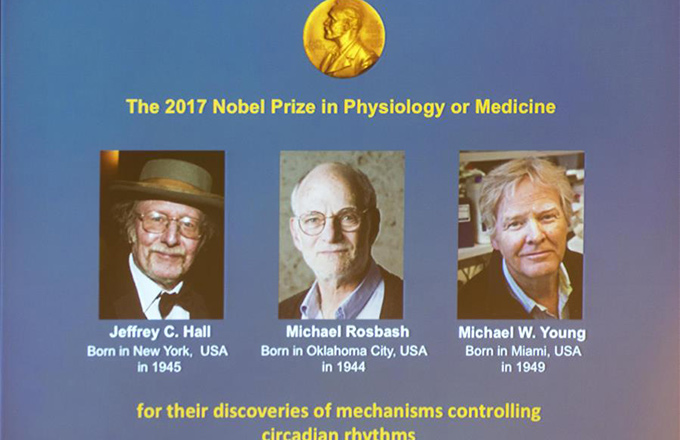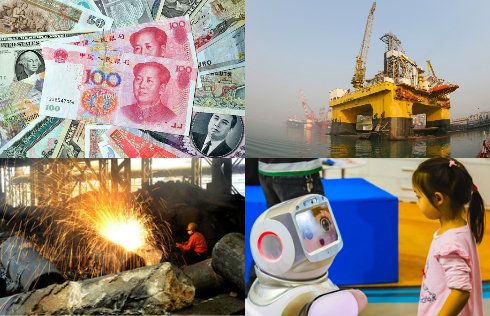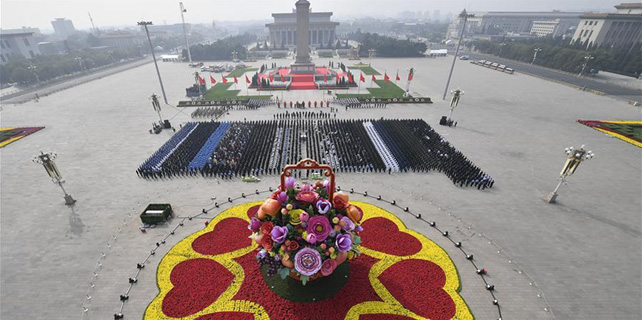Moving a city toward the future
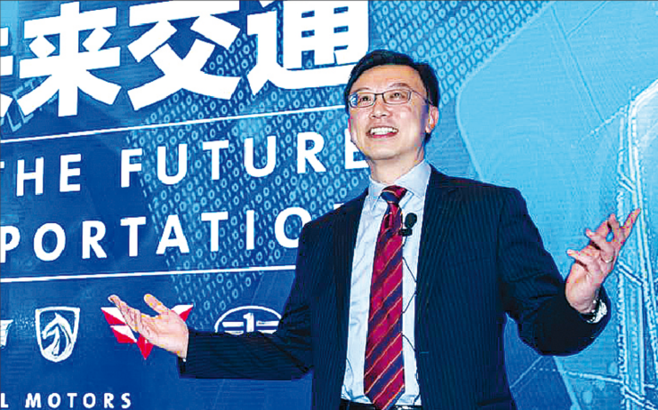 |
|
Matt Tsien started his journey with GM when he was just 15. provided to China Daily |
When Matt Tsien first came to China in 1995, the traffic situation was no different from how Hollywood movies typically defined China - a land of bicycles.
According to official statistics, there were only around 2 million private cars in the country in 1994. In contrast, nearly every family owned at least two bicycles.
Today, bicycles have resurfaced across China due to the bike-sharing trend, and the fact that it took only about two decades for this to happen is something that Tsien finds astounding.
"This reflects how vibrant the country is, how quickly it is growing, as well as how rapidly new services and products pop up and can really be tested," said Tsien, the president of General Motors China.
"The Chinese market may be very competitive, but it also offers tremendous opportunities for people with the right solutions."
Born in Madagascar, Tsien spent a few years in the African nation before moving to Asia and the United States where he enrolled in the General Motors Institute at the age of 15. In 1976, he started his career as an engineer at Delco Electronics, a subsidiary of GM, before climbing the ladder in the parent company.
"I could have chosen to go work somewhere else after graduation but I was sponsored by Delco Electronics and they were doing a lot of automotive electronics then," said Tsien. "These were the days before GPS and navigation systems were commonplace. We were developing them as advanced products and I was just fascinated with the developments."
Tsien's career at GM became closely intertwined with China since the 1990s when he played a role in the joint venture negotiations with Shanghai-based SAIC Motor. The US automaker marked its foray into the Chinese market on June 12, 1997, by joining forces with SAIC Motor to establish two joint ventures: SAIC-GM and the Pan Asia Technical Automotive Center.
The American later took on the position of executive vice president of SAIC-GM-Wuling in 2009 before moving to Shanghai in 2014 to oversee the operations of GM's businesses in China. That same year, Tsien was conferred the Magnolia Silver Award by the Shanghai government for his contributions to the city's development.
GM China is today one of the biggest players in the Chinese automotive industry. According to the company, it hires more than 58,000 people across its 10 joint ventures and two wholly-owned enterprises in the country. But apart from generating employment, GM China has also contributed to Shanghai's growing reputation as a global innovation hub through its investments to develop more efficient powertrains and new energy technologies.
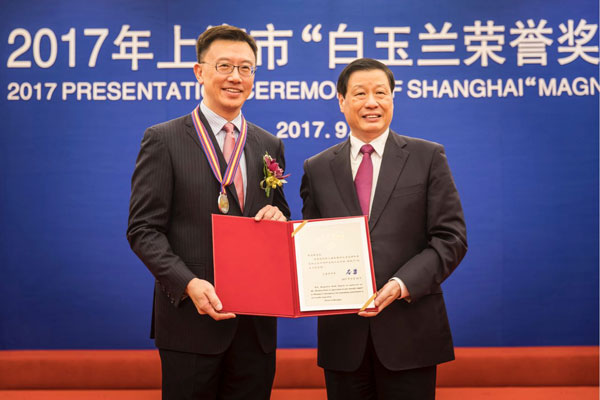 |
|
Matt Tsien (left) receives the Magnolia Gold Award on Sept 30. Provided to China Daily |
According to Tsien, GM China dedicated a significant amount of resources into electrification and autonomous driving.
"Electrification can really help address the problems with pollution and China has certainly been a very strong proponent of this. On the other hand, autonomous driving could help resolve the issues of congestion and accidents," said Tsien, who received the Magnolia Gold Award on Sept 30.
"We are working very hard to address these issues and we believe that in the next decade or two, many of these problems will either be largely mitigated or actually resolved entirely."
While it has been decades since he first stepped into the city, Tsien said he is still enthralled by the city's effervescent nature.
"I used to be based in Beijing in the past, and every time I came to Shanghai for work I would see visible change in the city. And this is only in a matter of months," he recalled. "All of a sudden, another stretch of highway would be open or another building would be up. On one work trip I would be traveling on the surface road. The next month I would be on a new elevated highway. It was just incredible."







